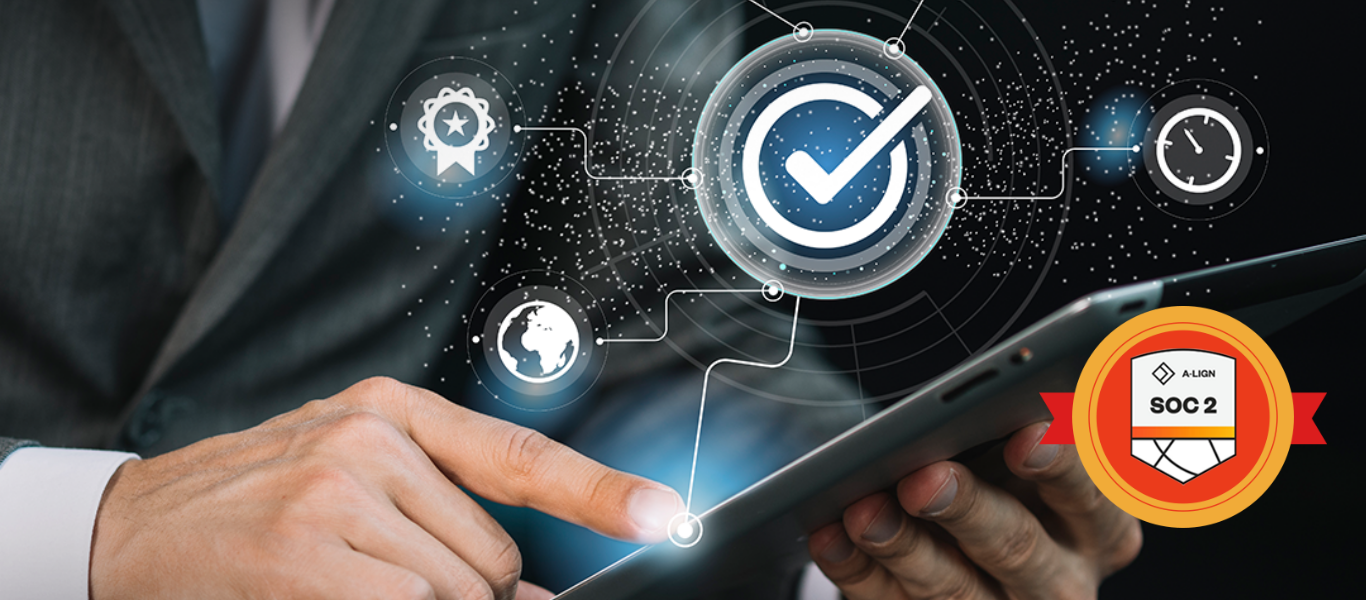Definition
In-Store Experience refers to the overall perception and satisfaction of customers while shopping in a physical retail store. It encompasses various elements, including store layout, customer service, product availability, and ambiance, all aimed at creating a positive and memorable shopping experience.
Types
Types of In-Store Experience Enhancements:
Store Layout and Design:
The arrangement and visual appeal of the store to enhance shopping ease and attractiveness.
Example: Designing an open and inviting store layout with clear signage.
Customer Service:
The assistance and service provided by store staff to customers.
Example: Providing personalized recommendations and quick problem resolution.
Interactive Displays:
Digital and physical displays that engage customers and provide information.
Example: Touchscreen kiosks that offer product details and promotional offers.
Omni-Channel Integration:
Seamlessly integrating online and in-store shopping experiences.
Example: Allowing customers to order online and pick up in-store.
Benefits
Benefits of an Enhanced In-Store Experience:
Increased Customer Loyalty:
Encouraging repeat visits and building long-term relationships with customers.
Example: Providing exceptional service that encourages customers to return.
Higher Sales:
Improving the likelihood of purchase through an enjoyable shopping experience.
Example: Attractively displayed merchandise leading to impulse buys.
Brand Differentiation:
Setting the store apart from competitors with unique and memorable experiences.
Example: Creating a themed shopping environment that aligns with the brand.
Customer Engagement:
Enhancing customer interaction and involvement with the brand.
Example: Hosting in-store events or product demonstrations.
Positive Word-of-Mouth:
Encouraging customers to share their positive experiences with others.
Example: Happy customers recommending the store to friends and family.





